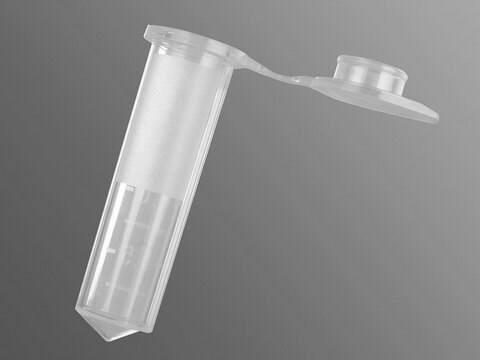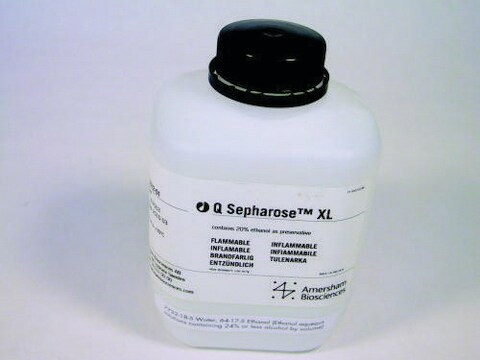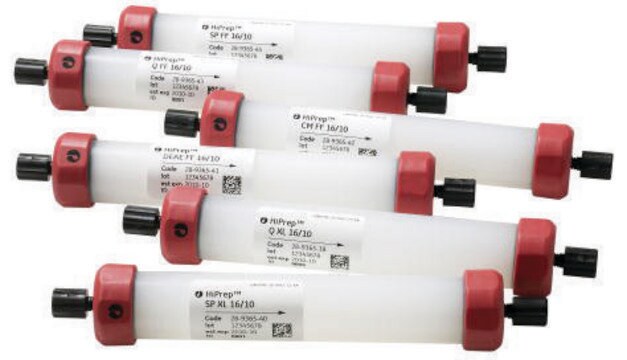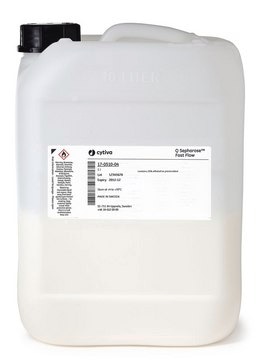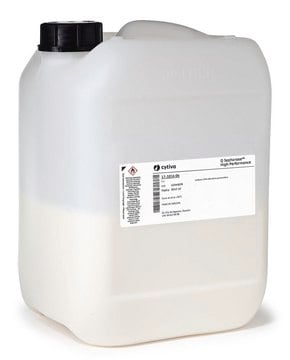S1799
SP Sepharose™
Fast Flow, aqueous ethanol suspension, 45-165 μm (wet), exclusion limit ~4,000,000 Da
Sinonimo/i:
Sulfopropyl-Sepharose™
About This Item
Prodotti consigliati
Livello qualitativo
Forma fisica
aqueous ethanol suspension
Gruppo funzionale matrice
, —CH2-SO3-
Dimensione particelle
45-165 μm (wet)
Dimensione pori
~4,000,000 Da exclusion limit
Capacità
180-250 μeq/mL, gel
Temperatura di conservazione
2-8°C
Cerchi prodotti simili? Visita Guida al confronto tra prodotti
Applicazioni
Stato fisico
Note legali
Avvertenze
Warning
Indicazioni di pericolo
Consigli di prudenza
Classi di pericolo
Flam. Liq. 3
Codice della classe di stoccaggio
3 - Flammable liquids
Classe di pericolosità dell'acqua (WGK)
WGK 1
Punto d’infiammabilità (°F)
100.4 - 109.4 °F
Punto d’infiammabilità (°C)
38 - 43 °C
Certificati d'analisi (COA)
Cerca il Certificati d'analisi (COA) digitando il numero di lotto/batch corrispondente. I numeri di lotto o di batch sono stampati sull'etichetta dei prodotti dopo la parola ‘Lotto’ o ‘Batch’.
Possiedi già questo prodotto?
I documenti relativi ai prodotti acquistati recentemente sono disponibili nell’Archivio dei documenti.
I clienti hanno visto anche
Il team dei nostri ricercatori vanta grande esperienza in tutte le aree della ricerca quali Life Science, scienza dei materiali, sintesi chimica, cromatografia, discipline analitiche, ecc..
Contatta l'Assistenza Tecnica.






